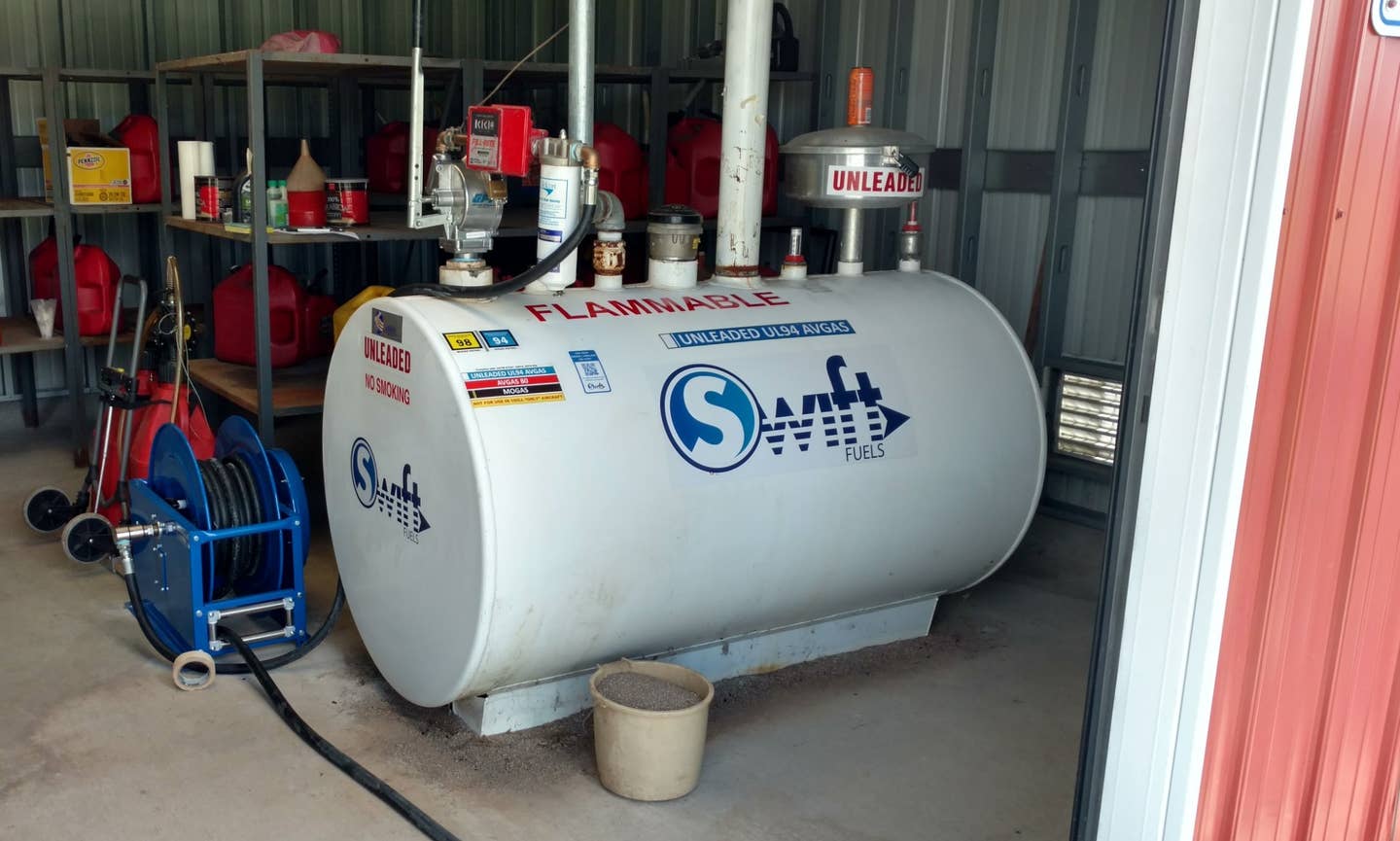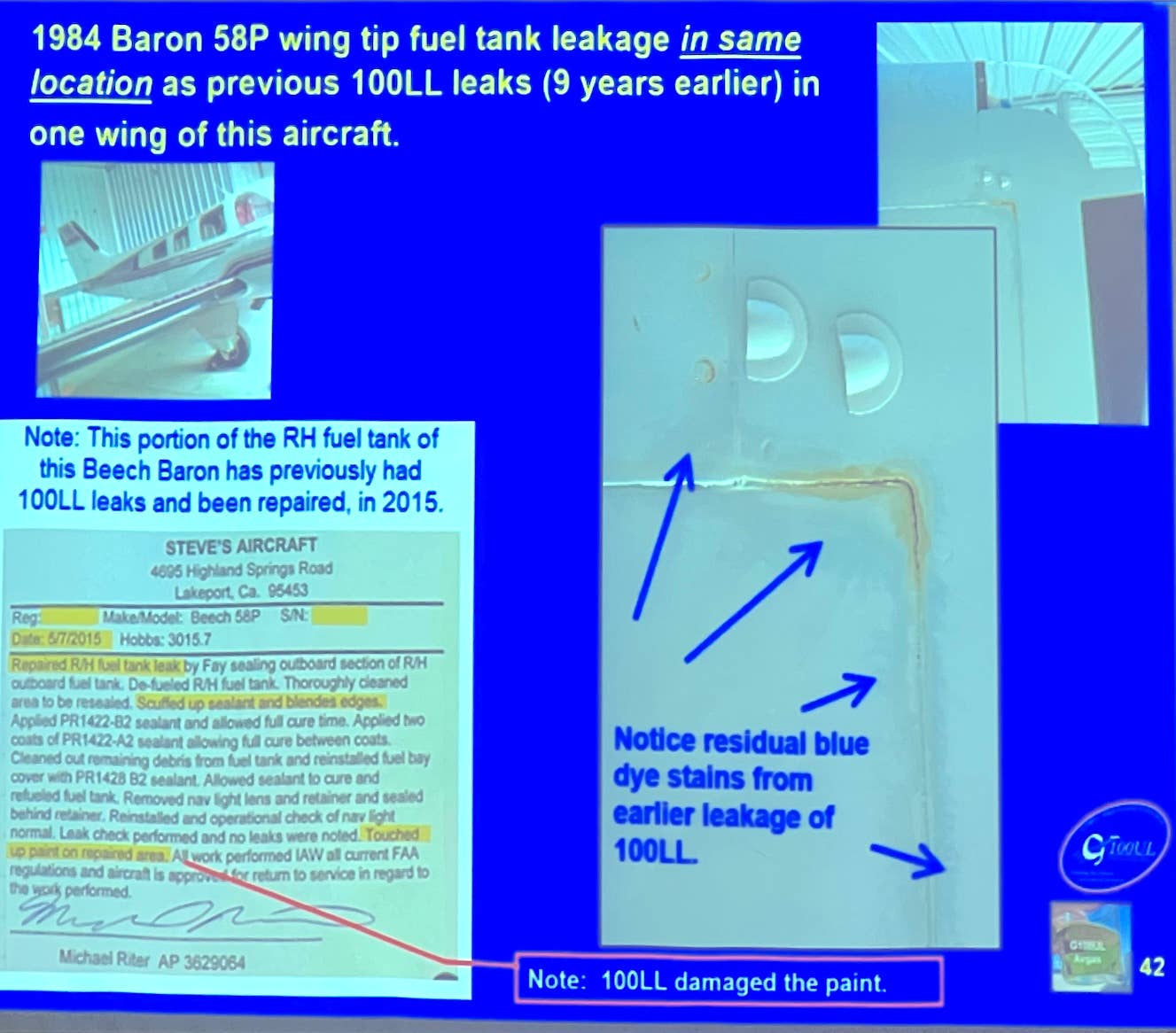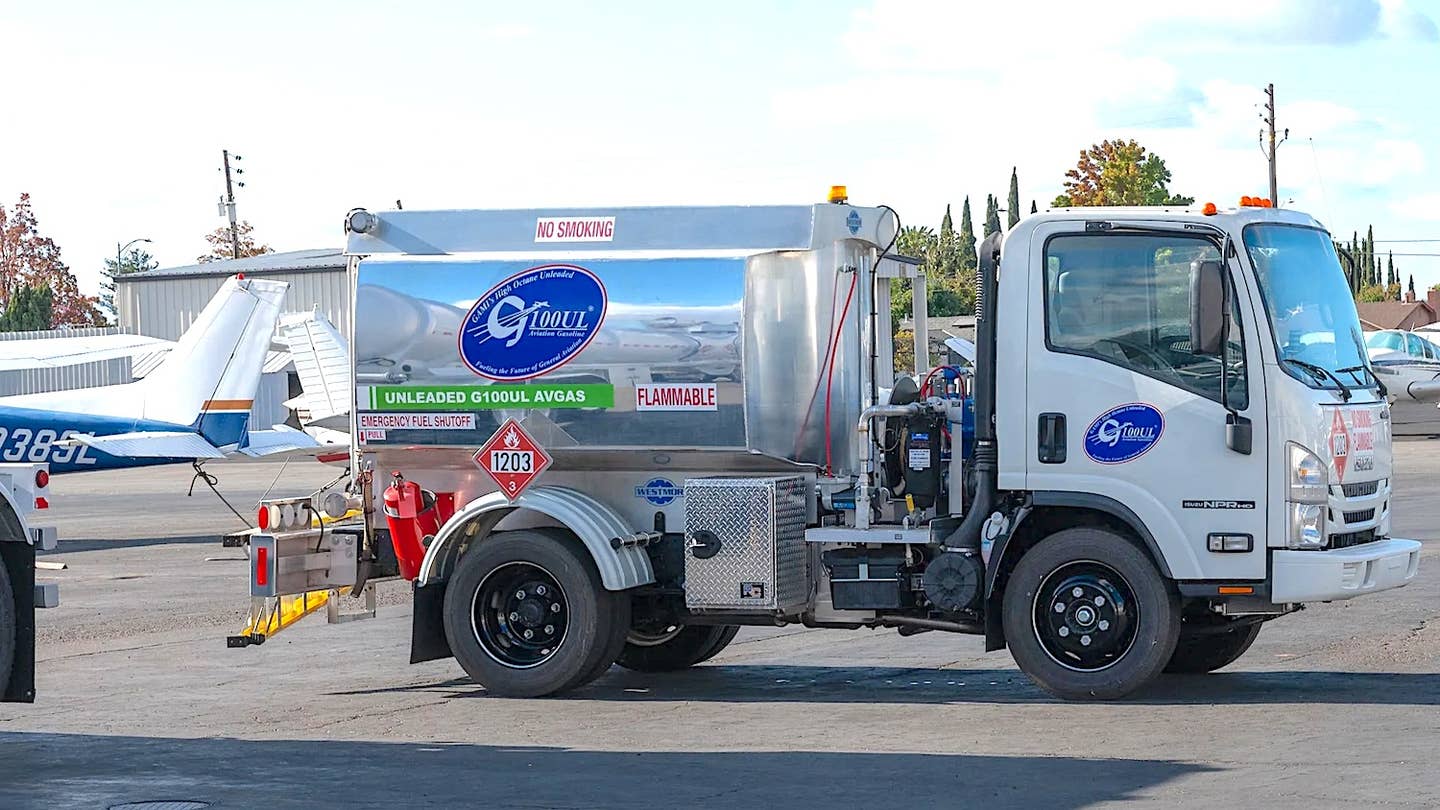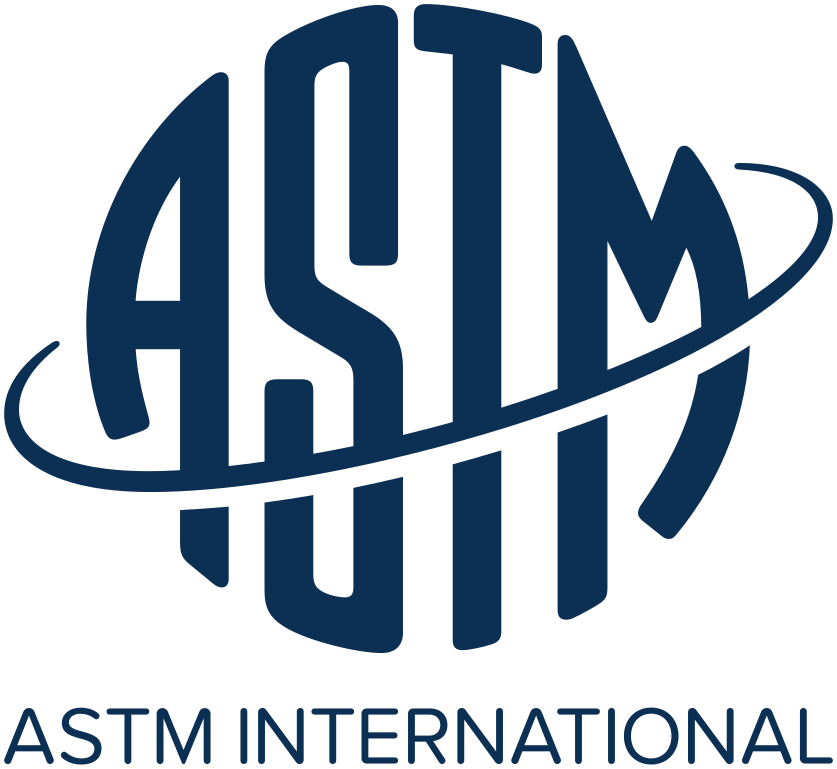Is a Leaseback Good for You?
First-time airplane purchasers are often tempted to offset the high cost of aircraft ownership by leasing their airplane back to an FBO, flight school, or charter operator. Such leaseback arrangements typically look great on paper, but are fraught with pitfalls for the unwary aircraft owner. An expert explains how to avoid getting stung by doing your homework.

 The typical owner-flown airplaneflies less than 100 hours a year. Since many of the costs of ownership-annual inspections,insurance, hangar, and so forth-are fixed costs that don't vary with flight time, it'soften difficult to justify the cost of owning an airplane that flies so little.
The typical owner-flown airplaneflies less than 100 hours a year. Since many of the costs of ownership-annual inspections,insurance, hangar, and so forth-are fixed costs that don't vary with flight time, it'soften difficult to justify the cost of owning an airplane that flies so little.
Some pilots want the benefit of owning their own airplane, even though they know theywon't fly it enough to justify it. Others simply don't have the financial wherewithal tomake the purchase unless the airplane can generate some kind of guaranteed income. That'show the "leaseback" was born.
At the same time, many small FBOs, flight schools and charter operations-and somelarger ones-have problems with finances as well in today's environment. Most banks wantthe operator to have at least a 15 to 20 percent equity position in any airplanes theyfinance, and coming up with those down-payments can be very tough for the typicalundercapitalized aviation business. So, the operator goes looking for someone else to buythe airplane and lease it to back to them.
In theory, such a leaseback arrangement sounds good because both parties get what theywant out of the deal. In practice, however, there can be many problems with leasebacksthat stem from how the lease is written, who controls the airplane, and who pays thebills.
Stacking the deck
More often than not, leaseback contracts are written to in such a way to stack the deckin favor of the FBO, flight school or charter operator who will be using the airplane.Frequently, the other party to the agreement is a brand new private pilot (or even astudent pilot) who is talked into buying an aircraft and leasing it back to the FBO orflight school without having any idea how to go about buying an airplane, or developingthe knowledge needed to look out for his or her own best interests.
Before you even consider getting involved in a leaseback arrangement, you need to learnas much as possible about how to purchase an airplane. (There's a wealth of informationright here in AVweb's Used Aircraft section.) You also need to investigatethe legal ramifications of the proposed leaseback contract, and have a clear understandingof how it will work on a daily basis.
If an FBO or flight school operator shows a student a particular airplane and urges himto buy it and lease it back to the operator, the student is already way behind the powercurve (but probably doesn't realize it). That's because the student has already entrustedhis life to the operator and his flight instructors during the course of learning to fly,so why shouldn't he trust the same people when they tell him that the airplane is a goodone?
There are several reasons. For one thing, the airplane may not be suitable for theprospective purchaser's needs. The purchaser may be pushed by the operator into buying anairplane that he or she doesn't really want or need, simply because it fits well into theoperator's training or rental fleet.
Even if the type of airplane is appropriate, the particular airplane might not be ingood condition or fairly priced. Until an airplane has undergone a thorough pre-purchaseinspection-ppreferably by an independent mechanic who has no stake in whether or not thesale goes through-there is always some doubt about its condition. If, for example, the FBOor flight school operator is leasing an airplane from someone else who wants sell, it isin the operator's best interest to find another party to buy it and lease it back to him.Under such circumstances, the operator may not provide the best source of guidance for theinexperienced student or private pilot about the correct procedure for buying an airplane.
Do your homework
Before entering into a leaseback arrangement with any FBO, flight school or charteroperator, you should look carefully at the airplanes in the existing fleet. Many operatorspay no attention to the cosmetics, and rental pilots seem to have something against awell-appointed airplane. They tear the seats, ruin the carpet, leave the plane full ofbeer cans, cigarette butts and other junk, and generally don't care about keeping theairplane in decent shape. If the operator's fleet of airplanes appears dirty and abused,you can be sure that your airplane will wind up looking the same way if you lease it backto that operator. If you wind up having to re-paint your airplane and replace the interiorat the end of the lease, it will not be cheap...and you will not be reimbursed by theoperator.
Rental airplanes often live a tough life. They often sit on windy ramps with no controllocks installed. Master switches are often left on. For some reason, rental pilots seem tohate adding oil to the engine, no matter how low the dipstick reads. If you wind up havingwind-damaged control surfaces, frequent battery replacements, or an early engine overhaul,the cost will most likely fall on your shoulders as the owner, and not the operator's.
The most common form of leaseback arrangement is where the operator rents the airplaneat a stated hourly rate, keeps a portion of the revenues, and passes the rest along to theaircraft owner. The owner is then responsible for all costs associated with flying theairplane including fuel, maintenance, insurance, and long- and short-term expenses such asengine overhaul, paint, and interior refurbishment. Usually such an agreement will specifythat the operator (or some other facility designated by the operator) will do themaintenance. Sometimes a small discount off the shop standard labor rate is offered, butmost of the time parts are sold at full list price.
Running the numbers
Take, for example, a Cessna 172 that rents for $60 per hour. The flight school mighttake 20% of that, or $12 per hour, leaving you with $48 per hour to pay all the bills.
| Sample Operating Costs Cessna 172 (Per Flight Hour @ 250 Hours Per Year) | |
| Direct Operating Costs w/Reserves | |
| Fuel @ 75% Power | $17.00 |
| Oil & Oil Changes | 1.40 |
| Maintenance | 10.70 |
| Engine Reserves | 5.50 |
| Avionics Repair and Replacement | 1.40 |
| Total Direct Operating Costs | $36.00 |
| Indirect Operating Costs | |
| Hangar Rental | $9.60 |
| Insurance | 10.00 |
| Total Indirect Operating Cost | $19.60 |
| Total Operating Cost | $55.60 |
The cost of fuel is going to be close to $20 per hour. That may seem a little high, butkeep in mind that students tend to fly the airplanes with the mixtures full rich, andrenters are likely to do the same thing, at least on short flights. That leaves $28 foreverything else: insurance, hangar rent, scheduled and unscheduled maintenance, reservefor engine overhaul, and avionics repairs.
The average cost of an engine overhaul for the Lycoming O-320-E2D engine is $11,000.There is no point in buying a cheap overhaul because you will only wind up doing it againat an additional cost. If the engine goes the 2,000 hour TBO it costs you $5.50 per hour.
Direct operating costs include the cost of fuel, maintenance and engine reserve foroverhaul. The fixed costs, or indirect expenses, include hangar fees and insurance. Thedirect cost per hour will be the same no matter how many hours the airplane flies. Theindirect cost per hour will vary with the number of hours flown. So, if the airplane fliesa great deal during the year the hourly breakdown of the indirect costs will decrease,thereby decreasing the overall hourly operating costs. But an airplane that flies a lotrequires maintenance and engine overhauls sooner as well.
Few operators will make a guarantee regarding the number of hours the airplane will flyper month. If there is a verbal promise made by the operator make sure it gets writteninto the contract. Chances are that will be a stumbling block. That's because if theoperator has to pay you if the airplane is not flown he might as well own the airplanehimself. That lack of any guarantee is what makes the leaseback attractive to operatorsbecause they can have airplanes sitting around at times when business is slow at no costto themselves.
Another less-common leaseback scheme is where the flight school pays the directoperating costs of the airplane. Of course the owner gets even less money per hour and isstill responsible for any unscheduled maintenance that may be required.
Read the fine print
Pay close attention to any leaseback contract you sign. You should have an aviationattorney review it to be sure you understand it completely. There could be a requirementthat you pay the operator his hourly profit when you fly the airplane. That could makeyour own flying expensive. There might be a clause that states that only the operator willhave the right to determine how scheduled and unscheduled maintenance will be completed.That could mean that you have no say in how the engine is overhauled, when it is needed,or who does it. All you get in that case is the bill. It might say that if you have theairplane booked and a renter desires it at the same time that you can be bumped to anotherairplane and that you will pay the full hourly rental cost.
The one thing you must remember when you lease an airplane back to an operator is thatyou are likely to have the same problems you had when you rented. That means findingschedules full when you need an airplane on short notice, not having the flexibility totake your own airplane on a long trip because someone has it booked for part of the timeperiod you would be away, and infrequent weekend availability because that's when everyonewants to fly.
So, before you get involved with a leaseback-especially if you are considering onebecause you cannot afford to own and operate an airplane on your own-be sure you do yourhomework. You might be far better off to continue renting for a while and saving money forthe eventual purchase when you are in a better financial position to afford your ownairplane.






